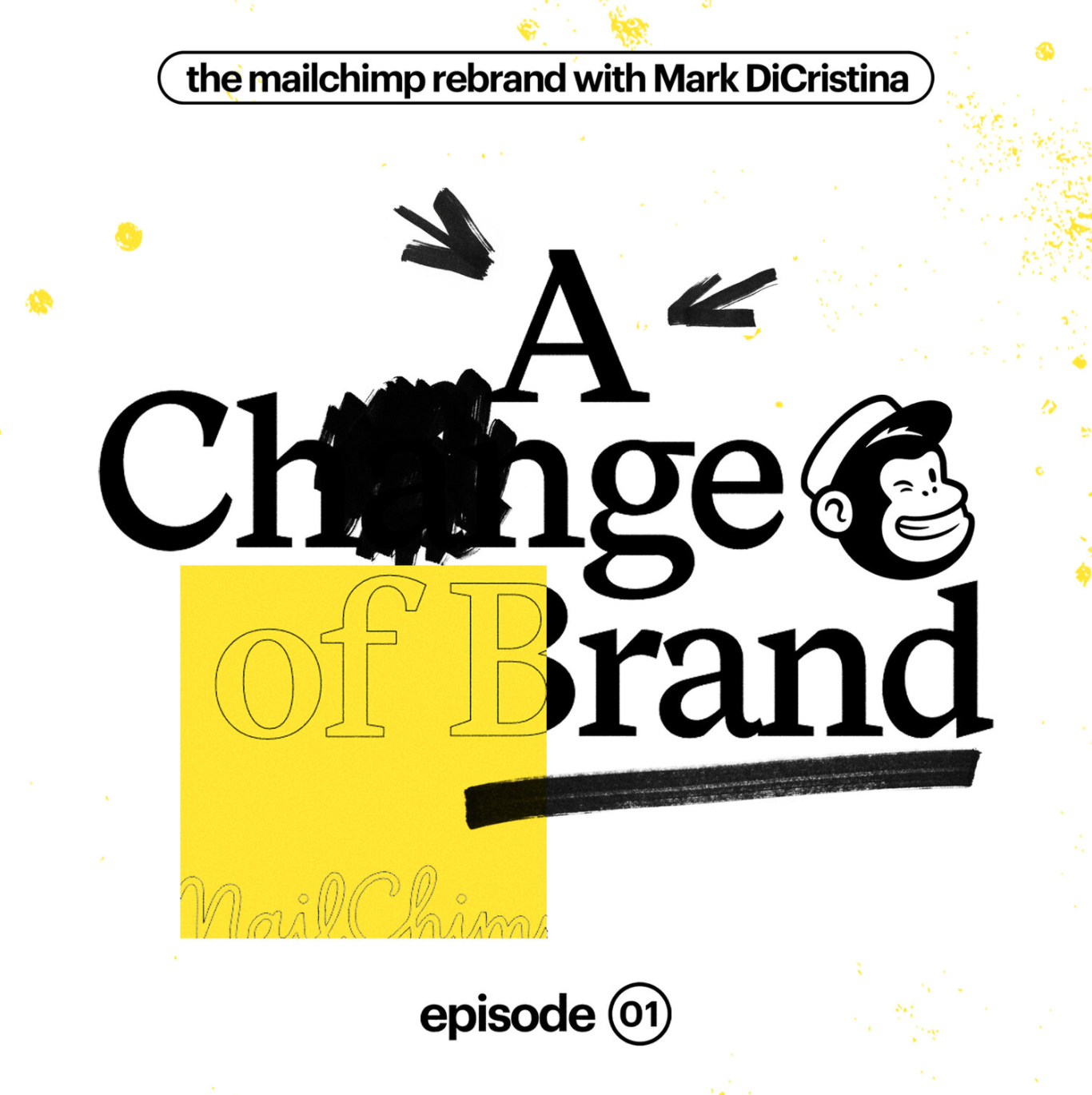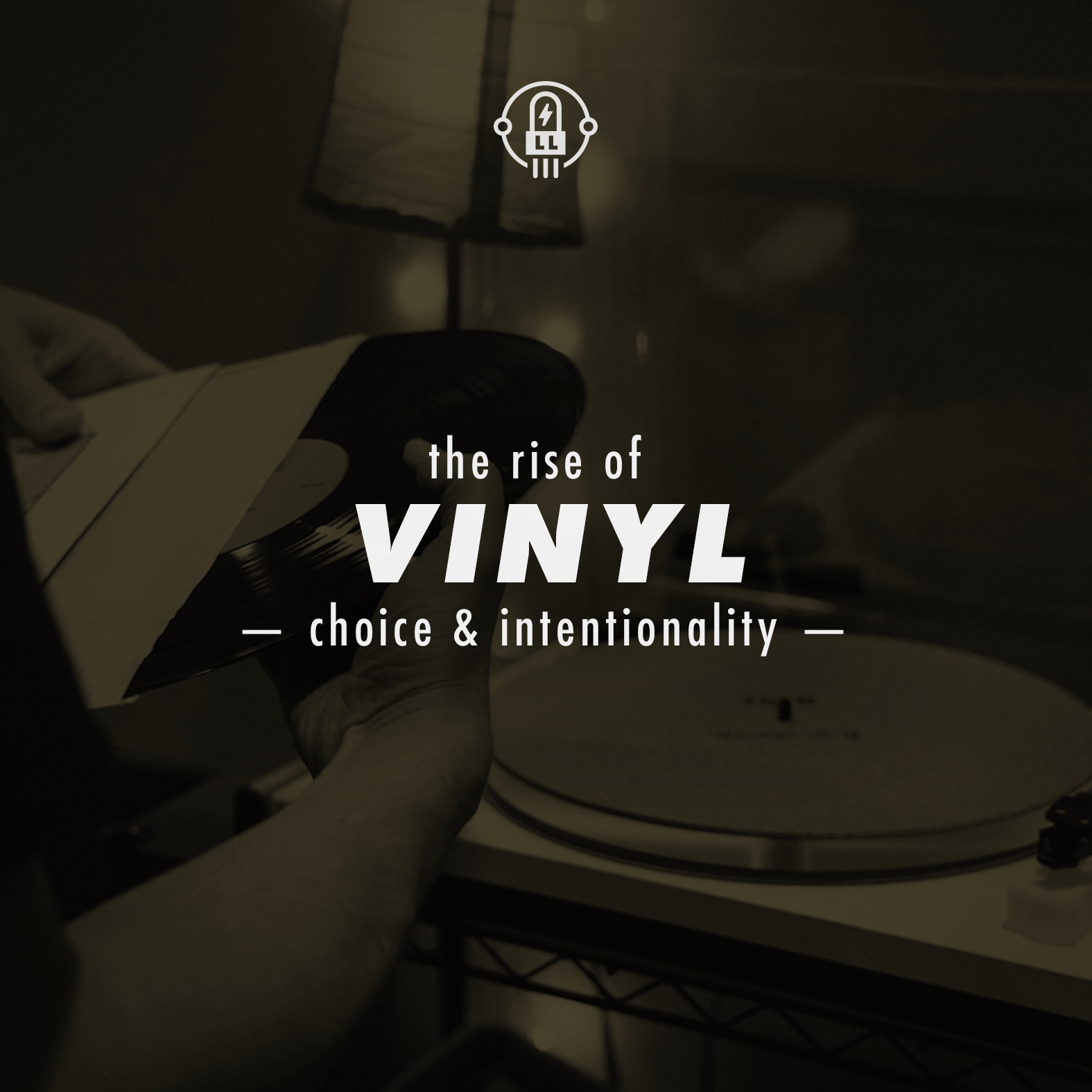Distinguishing Descriptions
(7 min read)
There is no shortage of production music tracks available in the world. More new music is added every day, creating more options than ever, inundating inboxes, elongating pages and raising the scroll-factor to new heights. On the other side of the computer screen there are quicker turnarounds, tighter budgets, and simply not enough time in a day.
There’s a surplus of music and a deficit of time to listen to it.
So what makes someone stop scrolling to actually audition a track? Is it the artwork, titles, description, or simply luck of the draw? While the reality is that taste is subjective and everyone has their own venn diagrams of reasons, track descriptions regularly show up as a primary reason editors and music supervisors push the ‘Play’ button.
Track descriptions, like the music itself, are infinitely varied and each production music library has their own style. Back in the day of industry legends like Alan Hawkshaw, Brian Bennett, Les Baxter and their peers, KPM would print stark “Remarks” next to the track title and duration. Simple yet effective descriptions like “Leaping rocker” and “Cool relaxed electro-flute feature” are all you get on the back of Synthesis (KPM1132). With the layout constraints of physical vinyl media those folks had to be much more concise than their present day digital counterparts. Factor in the album title and these descriptions give a potential listener a preview glimpse into what the tracks will sound like… all accomplished with fewer characters than a tweet.
But are track descriptions even necessary in 2022? When keyword searches bring you plenty of options in a heartbeat, some folks are saying “adios” to track descriptions all together. That’s how some brands (such as Sony Music Publishing’s Extreme Music) operate, focusing on the simplicity of straightforward metadata in a clean interface to deliver options without a lot of extraneous data.
Some song/artist rep collections like Crucial Music know that track descriptions are simply not a primary driver on their site. They utilize a search engine as their main tool but still keep the artist-generated descriptions available for key pieces of information like when the beat drops in dance music.
When talking with Crucial Music owner and CEO Tanvi Patel, she emphasized “consistency across data” as a key component, no matter if you’re working on metadata tags or descriptions. And while Crucial’s clients have a different level of specificity in their requests than say a client on the Universal Production Music site with a blanket deal, Patel’s point rings true. She shares “If you’re curating, developing, creating the content, then I think the descriptions go a long way. It’s all about consistency and how you hear things. And we just operate in a different way.”
For now, the inclusion of track descriptions for production music catalogs is standard (or, as standard as our industry gets.) And it would be all too easy to create a track description template with the bare necessities and move along.
But there are those of us who have infused our brand’s DNA into each and every description. VideoHelper brings the company’s witty irreverence and humor to the table with their track descriptions, shown with track’s like “I Want It All” from Pop Modern (VH091) :
Announcing a huge event like boxing, wrestling or a fifth divorce? This Pop/Rock/R&B attitudinal excitement-builder starts with a repeating, brassy synth figure (and processed, atmospheric vocal yells) that linearly gets bigger until the cut explodes @:13 with acoustic drums and chest-rattling synth bass to suggest sports, violent confrontation/competition, conflict or just a show of dominance/territoriality, like metaphorically beating your chest or flaring your gills if you're a trout or the man from Atlantis. The middle section @:29 pares down the grandstanding and features a variety of more subdued, loopable beds with one @:37 featuring hand claps, synth bass and the synth lead and another more R&B-like bed @1:09 with drum machine, synth bass and voice-like synth lead, returning to the pyrotechnics of the main theme @1:27.
As you can see, Videohelper goes far beyond any sort of requirement and defies expectations. Not only with eyebrow-raising words like “attitudinal” or references to Atlantis, but with detailed cue information and practical applications.
When asked about their approach to track descriptions, Videohelper CEO Stew Winter told us “In the beginning it was entertainment for us,” referencing how an early percussive Latin-jazz track completely fell apart at the end, sounding like “Tito Puente falling down a flight of stairs.” But it goes beyond entertainment, though they certainly are that too. Winter went on to share how good track descriptions really can get someone to say “Oh shit, I do wonder what that sounds like.”
Extreme Music, Crucial Music, and VideoHelper play in three very different ends of the pool, and that pool has morphed quite a bit since they heyday of KPM. At The License Lab, we like to think we’re doing laps somewhere in the middle, providing descriptions that match the personality of each label and album while ticking all the right boxes. Think of ours like a slightly more embellished vintage record sleeve a la KPM. Take “Rhythmic Decisions” from Sidecar Noir (3ING-075) :
Four on the floor colliding with a funky upright bass riff makes for a lesson in modern jazz odysseys. The lesson? There is no lesson, only exploration.
You know it’s us, and you know it’s genuine. But you also get that all important glimpse into what it sounds and feels like. At the end of the day, that’s what is most important.
TLL company founder and creative director Daniel Holter explains, “When we launched each of our production music labels, I wanted to create a descriptive or lyrical style that was in line with each label’s core principles. I was fortunate to learn at the feet of two industry leaders who came at this from two completely opposite directions (editor’s note: Holter has produced music for both Extreme Music and Videohelper), and am super happy that one of the things we get comments on regularly from License Lab clients is how much they appreciate the care we put into our titles and track descriptions.”
Track descriptions, remarks, whatever you want to call them, are best if they serve a purpose and are consistent. They are tools that translate into words how the music might make you feel. Easier said than done. To repurpose the quote that inspired one of our labels, “Talking about music is like dancing about architecture.”
Winter closed our conversation by saying “You’re entertaining a very select group of people, but the people who do appreciate it, appreciate it a great deal.”
As long as you keep reading them, we’ll keep writing them, (hopefully) making it easier and more entertaining to discover the music you need to find the sound of your next story.
Special thanks to Stew Winter from Videohelper and Tanvi Patel from Crucial Music for their invaluable time, insight, and perspective.





